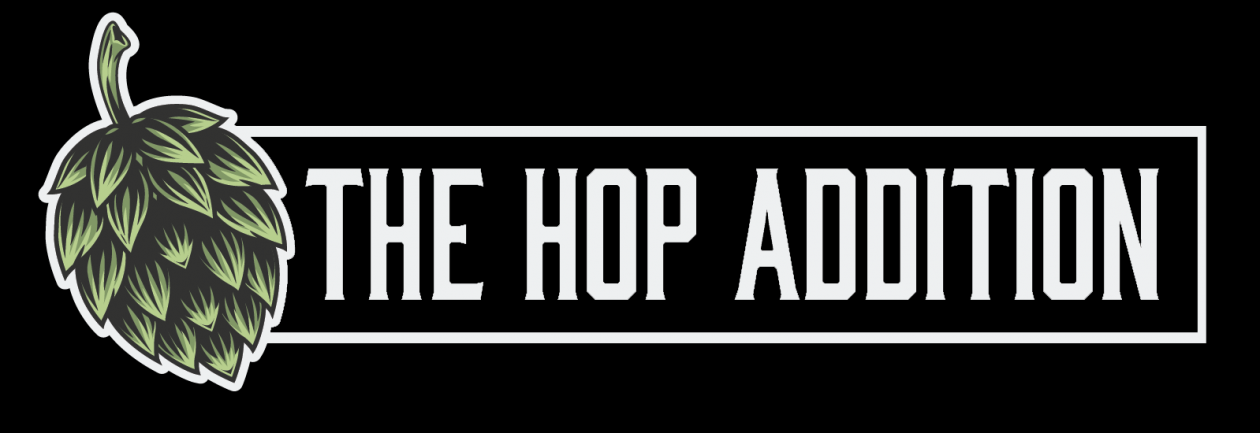Episode 25 – Cleaning and Sanitation

Episode 25 is live!
So this isn’t a topic a lot of people cover, but after Tricky giving us a glimpse into his routine, we thought it might be good to cover this one in detail to dispel some myths and reasons why you shouldn’t use certain products without understanding the potential pitfalls.
Enjoy!
